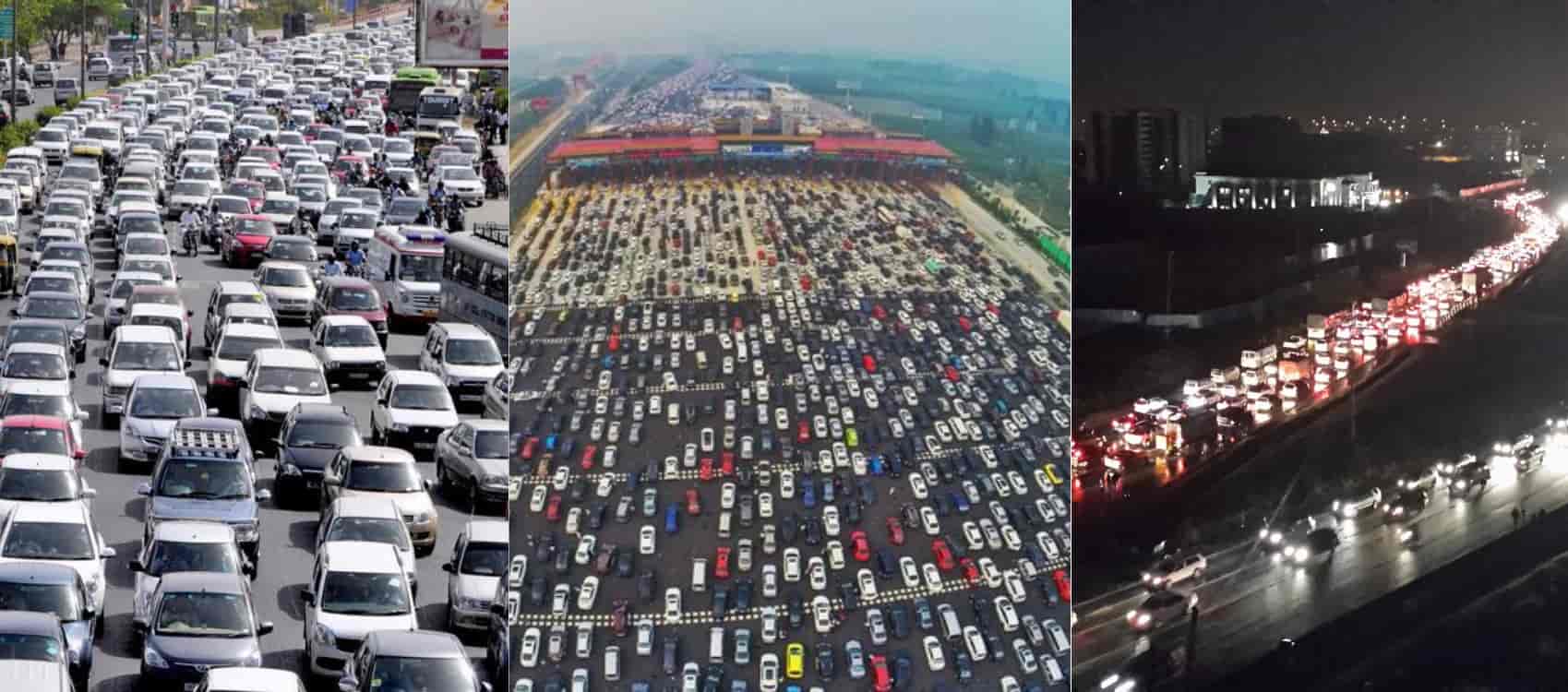Central America is a land of vibrant cultures, stunning landscapes, and… nightmarish traffic. If you’ve ever braved the roads in this region, you know that getting from point A to point B can be an adventure in itself. From dodging potholes to wrestling with aggressive drivers, Central American cities offer a unique driving experience that can test even the most seasoned road warriors.
Imagine this: narrow streets clogged with cars, buses careening past with inches to spare, and motorcycles darting between vehicles like swarms of angry bees. Welcome to the daily grind of driving in Central America.
As travelers and expats seek insights on navigating the chaotic streets of countries like El Salvador, Costa Rica, Guatemala, Panama, Honduras, Nicaragua, and Belize; they are often met with a chorus of cautionary tales. “Don’t drive at night,” “Have a 4X4,” “Drive defensively,” and “Avoid major cities
” are common refrains echoing through online forums and expat communities.
But why is driving in Central America such a headache? The answer lies in a perfect storm of factors – outdated infrastructure struggling to cope with surging vehicle numbers, narrow roads designed decades ago for far fewer cars than now crowd them each day, and a driving culture that can generously be described as chaotic.
The TomTom Traffic Index and INRIX Global Traffic Scorecard paint a grim picture for drivers in Central America’s major cities. From San Salvador’s mind-numbing gridlock to Guatemala City’s traffic-induced economic losses equivalent to running a country – each urban center presents its own set of challenges for motorists brave enough to take on the chaos.
Let’s delve into some of these traffic battlegrounds:
**San Salvador:** *”
San Salvador is Central America’s worst city for drivers.
“*
With over half a million vehicles choking streets built for just 60,000 cars decades ago, it’s no wonder residents spend more time stuck in traffic here than in many larger Latin American cities like Bogotá or Rio de Janeiro. Narrow roads devoid of proper lane markings coupled with aggressive driving habits create perpetual congestion nightmares where every commute feels like an odyssey.
**San José (Costa Rica):** *”
Costa Rica faces what experts have described as a full-blown ‘traffic crisis.’
“*
The Greater Metropolitan Area surrounding San José struggles under the weight of high vehicle densities converging on inadequate road networks. With urban sprawl exacerbating congestion woes across Heredia, Alajuela ,and Cartago; Costa Ricans find themselves trapped in never-ending queues that spill beyond traditional rush hours into weekends.
**Guatemala City:** *”
Residents collectively wasted approximately 828 million hours in traffic during 2019.
“*
As Central America’s largest metropolis battles staggering economic losses due to gridlock akin to running a country itself; private vehicles ruling congested streets underscore the desperate need for improved public transport options. With insufficient infrastructure struggling against rapid urbanization trends; navigating Guatemala City often feels like threading through an automotive minefield where chaos reigns supreme.
**Panama City:** *”
Rapid car sales growth triggers bottleneck & rush-hour gridlock inevitabilities.
“*
While Panama City wrestles with burgeoning vehicular numbers overwhelming aging street layouts; strategic initiatives like the Road Reordering Plan signal proactive measures aimed at easing congestion woes plaguing commuters daily. The Panama Metro stands out as central America’s sole subway system providing respite amidst relentless gridlock pressures faced by residents traversing city arteries daily.
**Tegucigalpa (Honduras):** *”
Phantom traffic cascades multiply normal travel times by up to five times.”*
Navigating Tegucigalpa’s labyrinthine boulevards poses severe challenges exacerbated by ongoing construction disruptions adding new layers of complexity to an already convoluted commuting landscape rampant with chronic bottlenecks. Despite strides made through Metrobús Tegucigalpa rapid transit system improvements offering reprieves; entrenched traffic woes persist amid growing vehicle volumes straining inadequate road systems further each day.
Each city presents its unique set of challenges reflecting broader regional trends confronting drivers grappling with congested thoroughfares day after day.
In conclusion:
Despite these daunting odds stacked against drivers braving Central American streets daily;
hope remains alive for better tomorrows forged through innovative solutions,
community collaboration fostering sustainable mobility practices,
and perhaps most importantly – driver mindfulness steering towards safer roadways benefiting all who call these bustling urban centers home.
Remember – when faced with seemingly insurmountable traffic jams,
patience paired with astute navigation skills might just be your best allies
as you navigate the labyrinthine networks defining modern-day transportation trials across this dynamic region.
And who knows – amidst the cacophony of honking horns & screeching brakes;
you might uncover hidden gems awaiting discovery just around that next congested corner!
Explore cautiously but boldly – for every mile driven reveals stories untold & adventures yet lived!









Leave feedback about this